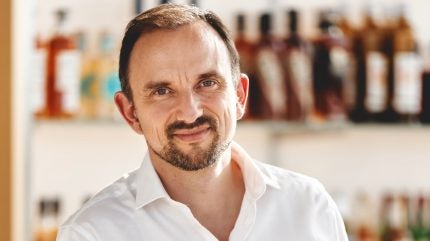
Four years ago, French spirits major Pernod Ricard launched a data and AI programme to help it scale multiple strands of the company.
Just Drinks met the group's chief digital officer Pierre-Yves Calloc’h to find out more about its use of AI across the business.

Four years ago, French spirits major Pernod Ricard launched a data and AI programme to help it scale multiple strands of the company.